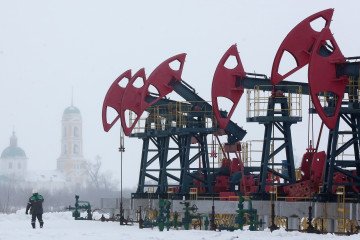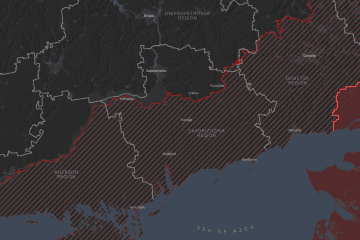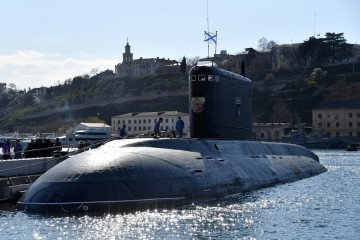- Category
- War in Ukraine
North Korea’s Nuclear Program Revealed. How Big Is the Threat to Seoul and Global Security?
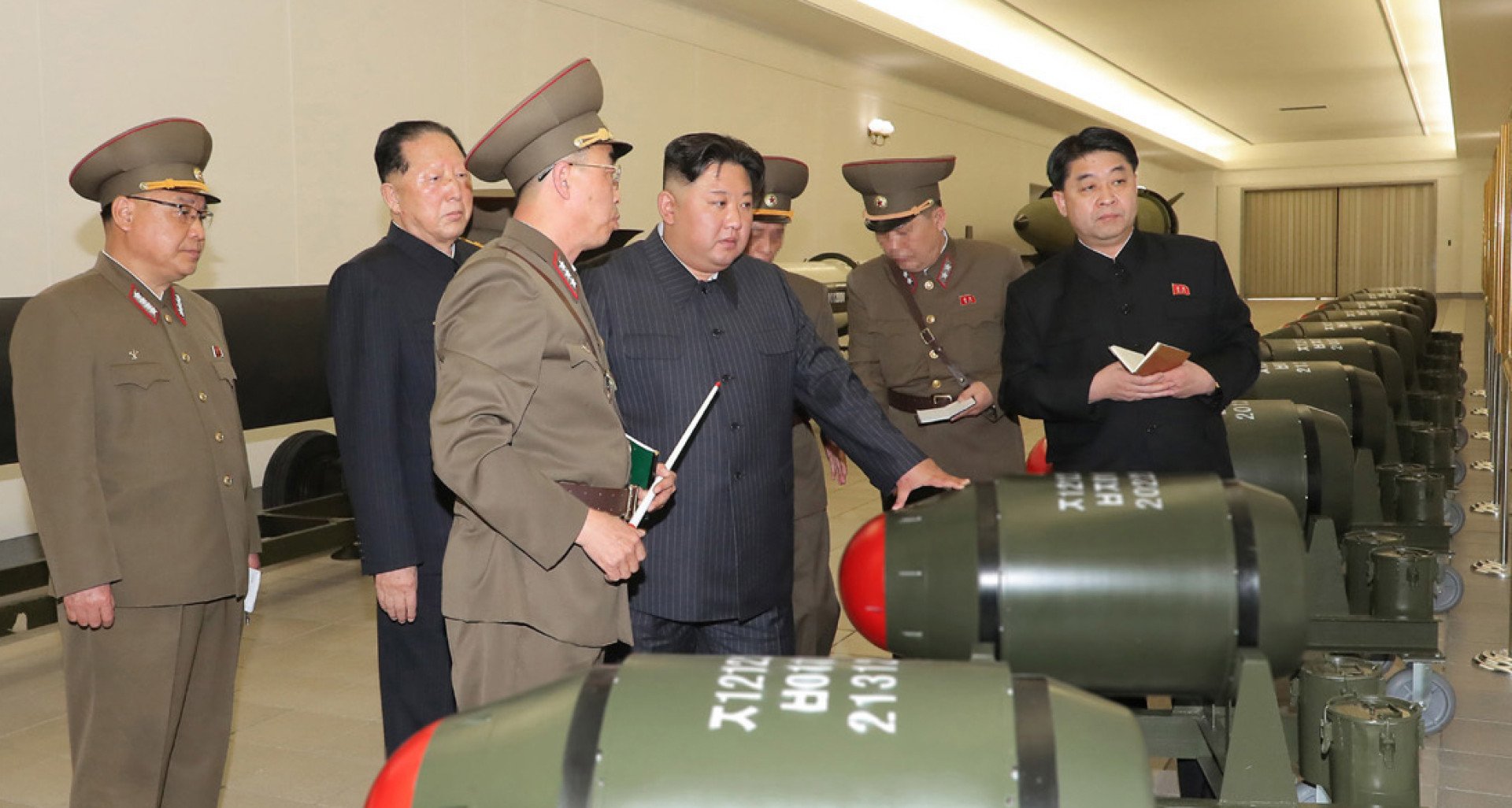
North Korea is ramping up its nuclear and missile programs, defying Western sanctions with backing from the new "Axis of Evil."
New details on North Korea's nuclear arsenal and missile program have surfaced, revealed by South Korean intelligence, which has identified itself as North Korea’s top target if the conflict escalates.
Both nations have built up their military-industrial complexes since the war’s freeze in 1953. The armistice signed then didn’t bring lasting peace, only a frozen conflict that has persisted for over 70 years. Regional tensions remain high, driven by North Korea’s hostile rhetoric. A similar outcome is undesirable for Ukraine, although some Western experts have suggested it as a solution.
South Korea has made significant strides in advancing its defense system, which includes tanks, self-propelled artillery, conventional artillery, and air defense. The country is also focused on developing its own fighter jet program.
North Korea has taken a different path, investing years in developing its nuclear program along with long-range ballistic and cruise missiles. Despite heavy Western sanctions, efforts to stop its progress have failed, and North Korea is now acknowledged as a nuclear power. With limited information, South Korea's new intelligence is especially valuable. So, what has been uncovered?
North Korea’s nuclear program
North Korea has developed several types of missiles, including cruise, ballistic, and artillery-grade weapons. Key examples include:
KN-23: Often referred to as a copy of Russia’s Iskander, with a strike range of 700-900 km.
KN-24: Dubbed North Korea’s ATACMS, with a range of up to 400 km.
KN-25: A 600mm caliber missile for multiple launch rocket systems (MLRS).
Cruise missiles Hwasal-1 and Hwasal-2.
Hwasong-11D: A guided short-range missile.
Reports suggest that North Korea has already supplied Russia with KN-23 and KN-24 missiles, which were used in attacks on Ukrainian cities, including Kharkiv and Kyiv. The exact number of missiles transferred remains unknown, but insiders claim significant quantities. In addition to missiles, Along with missiles, North Korea is also delivering large amounts of ammunition to Russia.
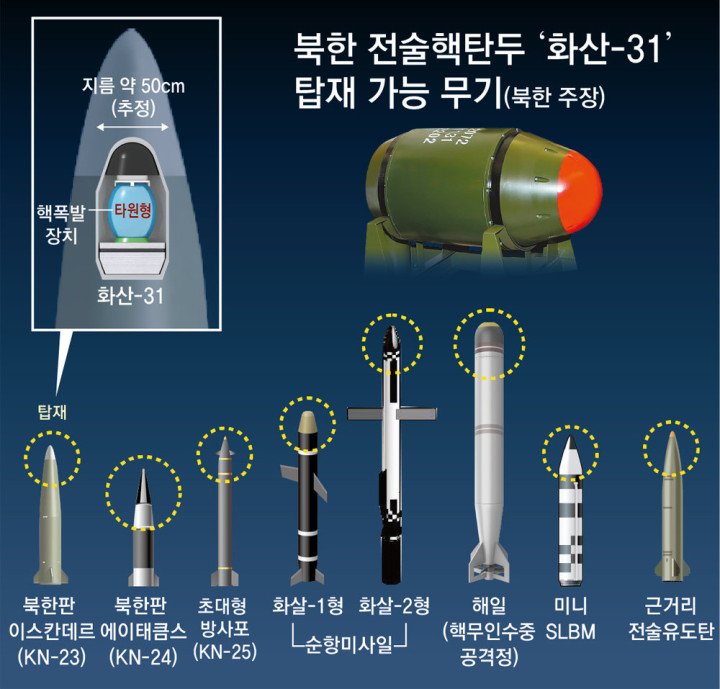
These missiles are even more dangerous because they are part of North Korea’s nuclear program. North Korean military engineers have successfully adapted nuclear warheads for these missile systems, meaning any of them could carry a tactical nuclear warhead, such as the Hwasan-31. This has been achieved through the miniaturization of nuclear weapons. South Korean intelligence reports that the warhead’s diameter has been reduced to about 50 centimeters.
What does this mean?
North Korea’s diverse missile arsenal gives it a wide range of weapons capable of striking almost anywhere in South Korea. With a short flight time, these ballistic and cruise missiles could be used in a sudden strike.
Intelligence reveals that these miniaturized nuclear warheads pack significant power, with yields up to 10 kilotons—equal to 10,000 tons of TNT. Some experts believe the yield could be even higher, though this remains unconfirmed.
This development shows that North Korea is continually improving its nuclear capabilities and developing new technologies to enhance its deployment potential.
What is the threat to global security?
North Korea has long defied international rules on nuclear weapons development. As a non-signatory of the Nuclear Non-Proliferation Treaty (NPT), it follows its own path in nuclear development. This poses a global threat, as nuclear weapons know no borders. If mishandled, the consequences would extend far beyond North Korea.
Globally, nuclear weapons have traditionally been seen as a deterrent against aggression. North Korea, however, does not follow this doctrine. Russia, too, has recently shifted away from this principle, repeatedly threatening to use nuclear weapons against Ukraine and NATO countries. North Korea conducts drills and makes similar threats against Japan and South Korea.
Since Russia’s full-scale invasion of Ukraine in 2022, a new "Axis of Evil" has emerged across Asia, with strengthening ties between Russia, North Korea, and Iran. Two of these nations already possess nuclear weapons, while the third is nearing that capability. Russia supports both, supplying North Korea with funds, food, labor migrants, and military technologies for missiles and submarines, while sharing nuclear technology and specialists with Iran.
All of these countries ignore international treaties and institutions. Rather than demilitarizing, they have chosen to heavily militarize their economies and pursue regional destabilization. In North Korea’s case, it remains unclear whether the regime might transfer nuclear weapons to other nations, sell them to terrorists, or use them to intimidate its neighbors, as Russia has done.
-29a1a43aba23f9bb779a1ac8b98d2121.jpeg)
